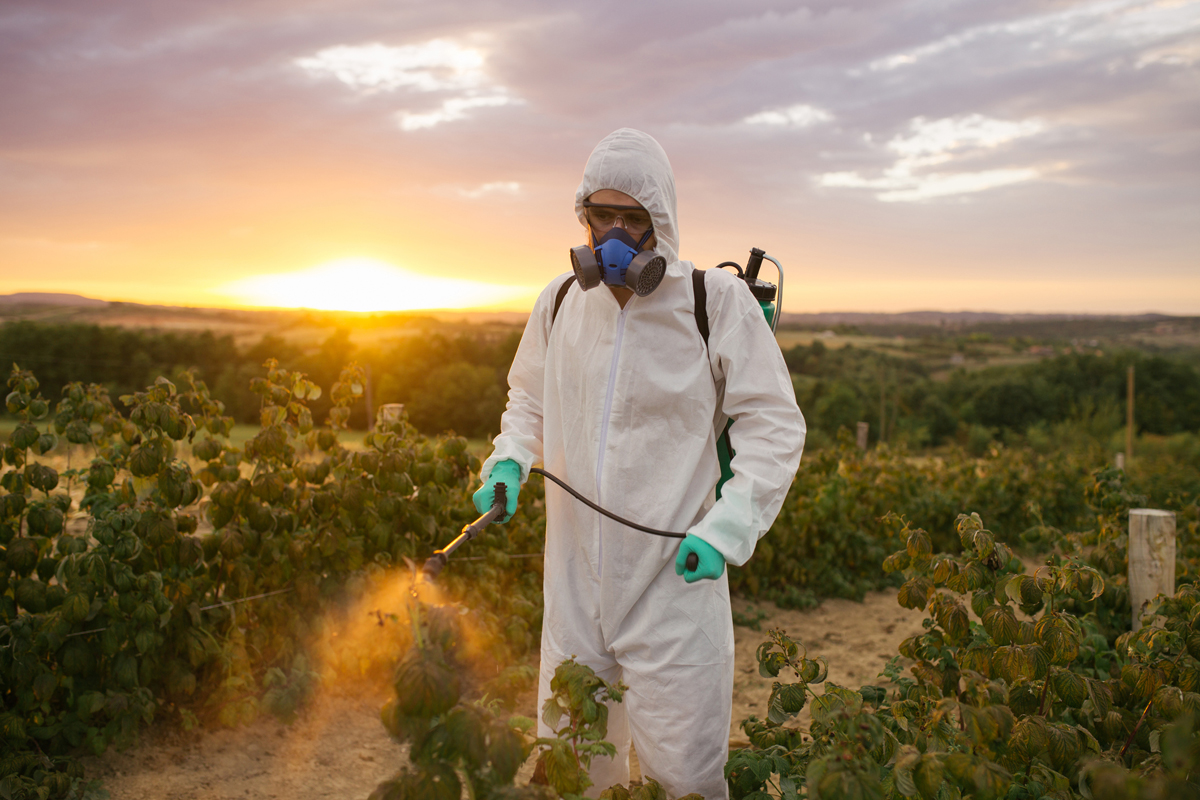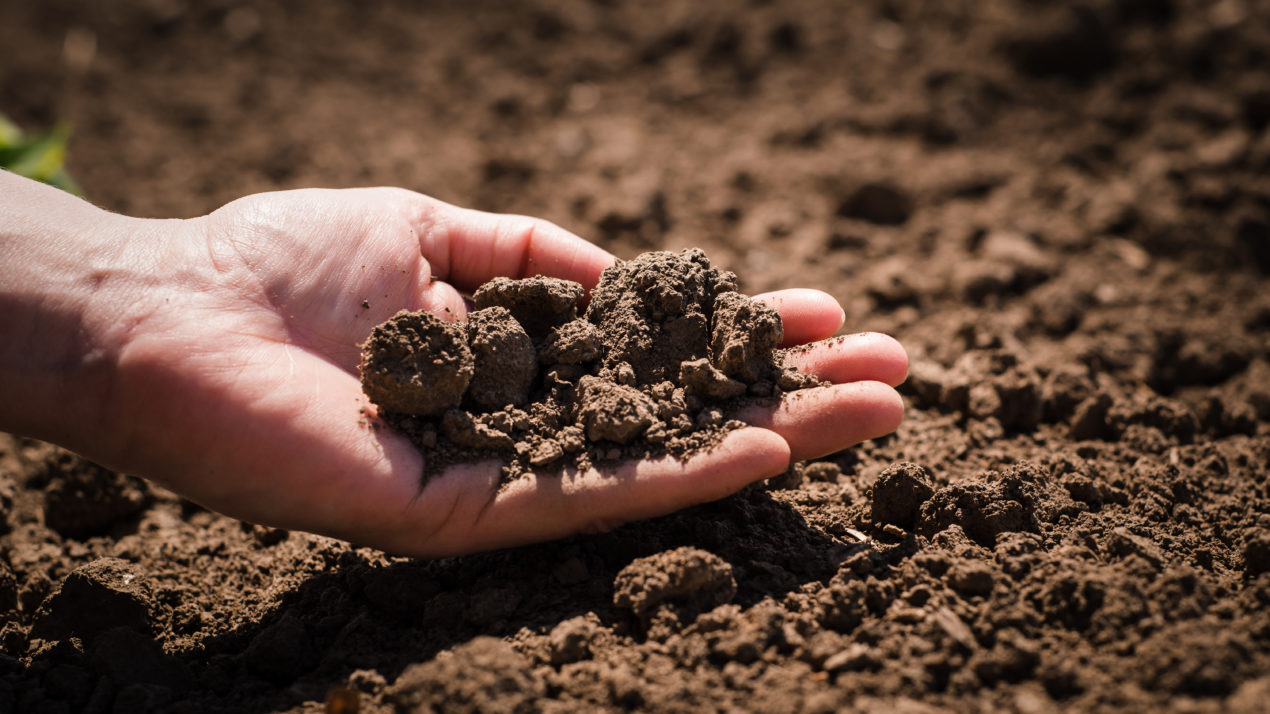With increasing awareness about the harmful effects of synthetic pesticides, biopesticides are emerging as a more sustainable alternative for crop protection. Biopesticides are certain types of pesticides derived from such natural materials as animals, plants, bacteria, and certain minerals. They have demonstrated effectiveness in controlling various agricultural pests and are generally less toxic and pose lower risk to human health and the environment compared to chemical pesticides. In this article, we will explore what biopesticides are, types of biopesticides available, their mode of action, effectiveness, benefits, and future prospects.
What are biopesticides?
Biopesticides are certain types of pesticides that contain active ingredients derived from natural materials like animals, plants, bacteria, and certain minerals. The main active ingredients in biopesticides can include plant extracts, insect pheromones and hormones, microorganisms such as Bacillus thuringiensis (Bt), oil and fatty acids, and several other natural materials. The microbial biopesticides contain beneficial microorganisms, such as fungi, bacteria, viruses or protozoa as their active ingredients. They target specific agricultural pests and play an important role in integrated pest management (IPM) programs.
Types of biopesticides
There are mainly three types of biopesticides based on the active ingredients used:
– Microbial pesticides – Contains a microorganism (e.g., a bacterium, fungus, virus or protozoan) as the active ingredient. Bt corn and Bt cotton are popular examples.
– Plant-incorporated protectants (PIPs) – Plants produced by incorporating genetic material from other source organisms using genetic engineering methods. For example, Bt crops.
– Biochemical pesticides – Involves natural materials like insect hormones and pheromones that alter or disrupt mating, communications, and growth of pests. Examples include pheromones for detection and monitoring of pests.
Mode of action of biopesticides
Biopesticides work through various modes of action depending on the type of active ingredient:
– Pathogenicity: Microbial biopesticides like Bt toxin, fungi, and viruses infect pests causing disease. For example, Bt toxin disrupts the digestive system of target caterpillars and others.
– Antibiosis: Biopesticides produce toxic metabolites and antibiotics that kill or inhibit the growth of pests. Various fungi and bacteria work through this mode.
– Repellency: Some plant extracts and oils work as contact poisons or fumigants. Capsaicin from chilli peppers is a repellent.
– Attraction/Disruption: Pheromones either attract or disrupt mating of pests by imitating their natural pheromones. This affects their reproduction.
Effectiveness and benefits of biopesticides
Studies have proven the effectiveness of certain Biopesticides in controlling a wide range of diseases and pests. Some key benefits include:
– Target-specific and less toxic to non-target organisms and environment. Bt is effective against only few caterpillar species and safe for other insects, wildlife and humans.
– Degrade quickly and do not leave harmful residues. Microbials like Bt toxin and fungi die off when target pests are eliminated.
– Useful for pest management in or near water bodies and in organic farming. Safer for applicators, workers and consumers.
– Effective in controlling some resistant pest populations. Useful in resistant-pest management when used as part of IPM programs.
– Suppress pest populations over time rather than just immediate control. Provide long term protection of crops.
Future prospects and challenges
With continued R&D, more types of beneficial microbes are being screened and evaluated for developing new effective and eco-friendly biopesticides. The market for biopesticides is growing worldwide in view of increasing demand for chemical pesticide alternatives. However, factors like high production costs, shorter shelf life and seasonal availability of certain biopesticides continue to challenge their widespread use. With advancements in fermentation and manufacturing technologies, many of these challenges can be overcome in future to strengthen the role of biopesticides in sustainable agriculture.
*Note:
1. Source: Coherent Market Insights, Public sources, Desk research
2. We have leveraged AI tools to mine information and compile it
About Author - Ravina Pandya
Ravina Pandya,a content writer, has a strong foothold in the market research industry. She specializes in writing well-researched articles from different industries, including food and beverages, information and technology, healthcare, chemicals and materials, etc. With an MBA in E-commerce, she has expertise in SEO-optimized content that resonates with industry professionals. LinkedIn Profile


 by
by 

